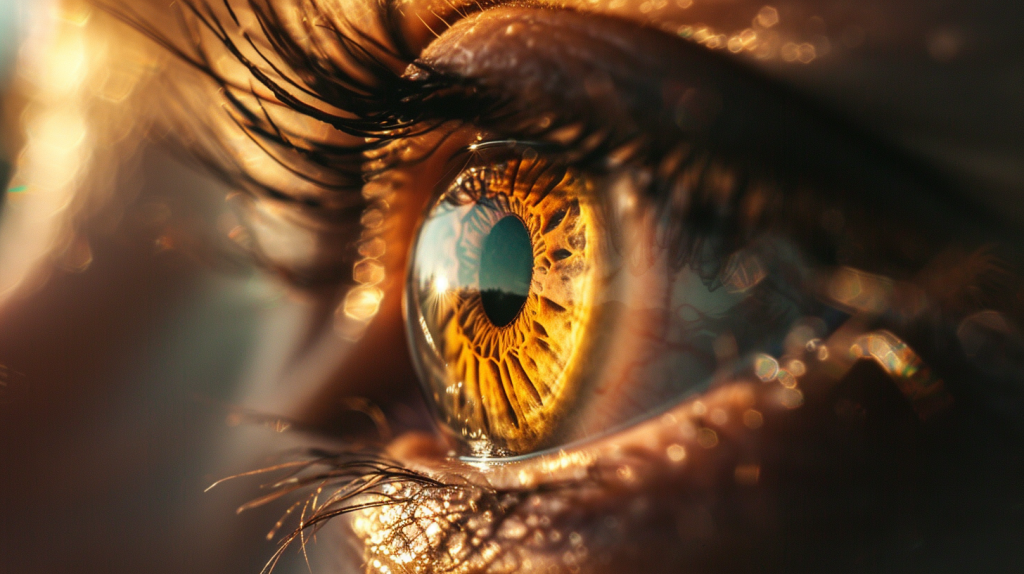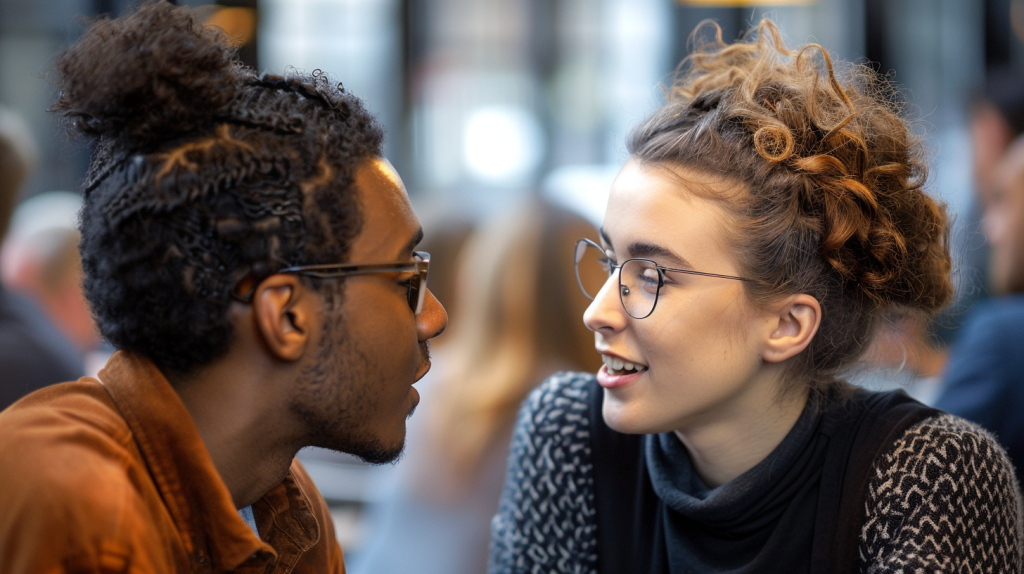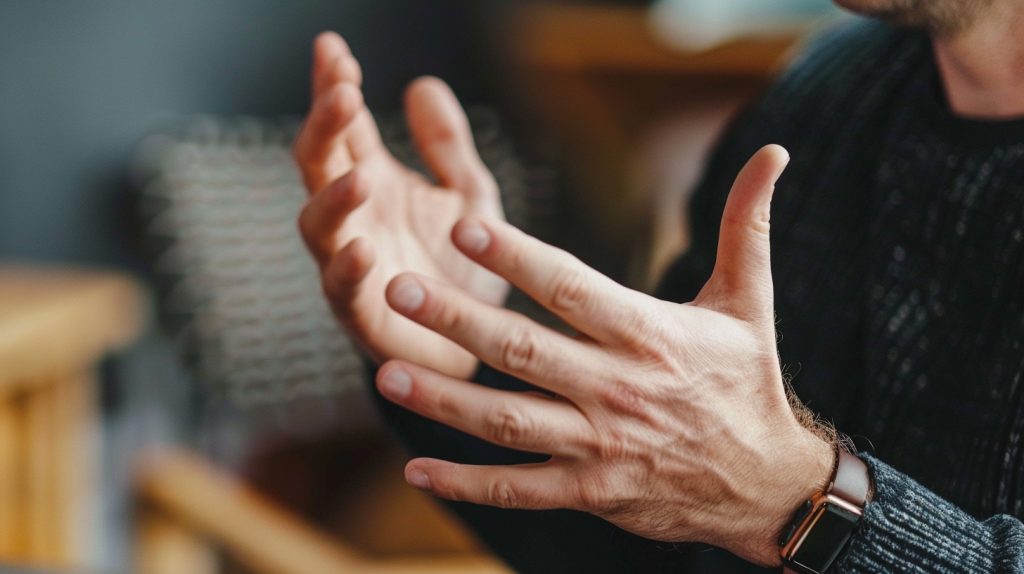Have you ever wished you could read minds? While that might be a stretch, you can get pretty close by learning to read body language. Understanding non-verbal cues can help you know what someone is thinking or feeling, even if they don’t say a word.
From subtle gestures to facial expressions, body language can reveal a lot. Here are 12 secrets to help you read someone like a book. Let’s dive in and explore these fascinating insights!
1. The Eyes Have It

The eyes can say a lot about what someone is thinking. If someone is making direct eye contact, they are probably confident and interested. If they avoid eye contact, they might be nervous or hiding something. Rapid blinking can indicate stress or discomfort. Pay attention to where their eyes are looking to understand their focus.
2. The Power of a Smile

A genuine smile involves the eyes as well as the mouth. When someone is truly happy, their eyes will crinkle at the corners. A fake smile usually only involves the mouth and doesn’t reach the eyes. Watch for this to tell if someone’s happiness is real or just for show.
3. Crossing Arms

When someone crosses their arms, it can mean they are feeling defensive or closed off. This gesture often indicates that a person is not open to what is being said. However, sometimes people cross their arms simply because they are cold or comfortable in that position.
4. The Tilted Head

A tilted head often shows interest or curiosity. When someone tilts their head while you’re talking, it means they are listening closely and engaged in the conversation. It can also signal that they are thinking about what you’re saying and trying to understand better.
5. Mirroring Movements

People tend to mimic the body language of those they like or feel comfortable around. If someone is copying your gestures or posture, it’s a good sign they are in sync with you. This mirroring effect can help build rapport and make conversations flow more smoothly.
6. Feet Pointing

The direction of someone’s feet can reveal where their attention lies. If their feet are pointed towards you, they are likely interested in the conversation. If their feet are pointed away, it might indicate they want to leave or are not fully engaged.
7. Hand Gestures

Hand gestures can add emphasis to what someone is saying. Open palms usually indicate honesty and openness. Closed fists or pointing fingers can come across as aggressive or defensive. Notice how people use their hands to express themselves.
8. Personal Space

Everyone has their own comfort zone when it comes to personal space. If someone steps back when you get close, they might feel uncomfortable or threatened. Conversely, if they lean in or move closer, it can indicate interest or affection.
9. Touching the Face

Touching the face can be a sign of nervousness or discomfort. People often touch their face when they are lying or unsure about something. Pay attention to nose touching, mouth covering, or eye rubbing as potential signs of unease.
10. The Power Stance

A power stance, with feet shoulder-width apart and hands on hips, often signals confidence and authority. This stance makes a person appear larger and more dominant. It can be used to assert control in a situation or show readiness.
11. Pacing

Pacing back and forth can indicate that someone is anxious or deep in thought. This repetitive movement often helps people release nervous energy or focus their mind. If you see someone pacing, they might be stressed or trying to figure something out.
12. Fidgeting

Fidgeting can be a sign of boredom, anxiety, or impatience. People who are uncomfortable often fidget with their hands, hair, or objects around them. If someone is fidgeting a lot, they might be feeling uneasy or eager to leave.
Ellen has been obsessed with logic puzzles, jigsaws, and cryptograms since she was a kid. After learning she was taught how to play chess wrong by a family friend (so they could win), she joined her school chess club and the rest is history.

